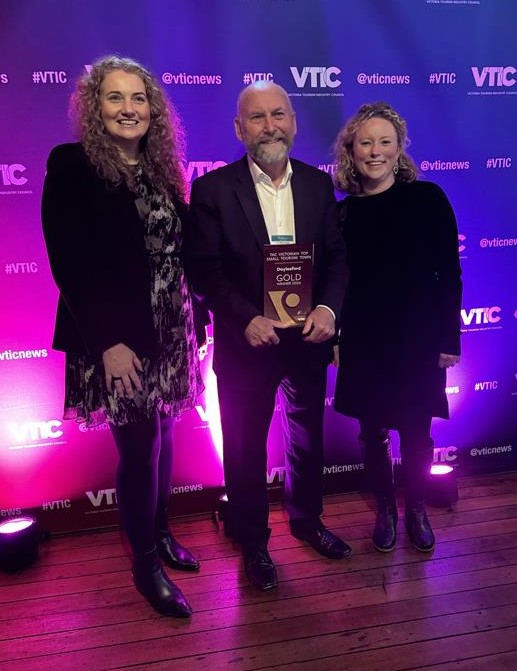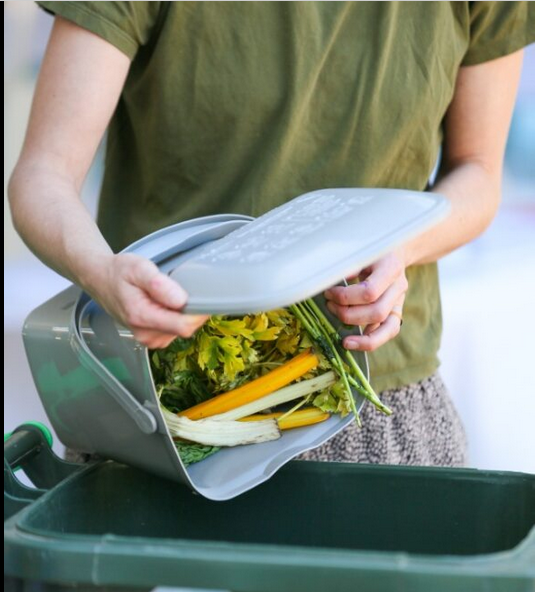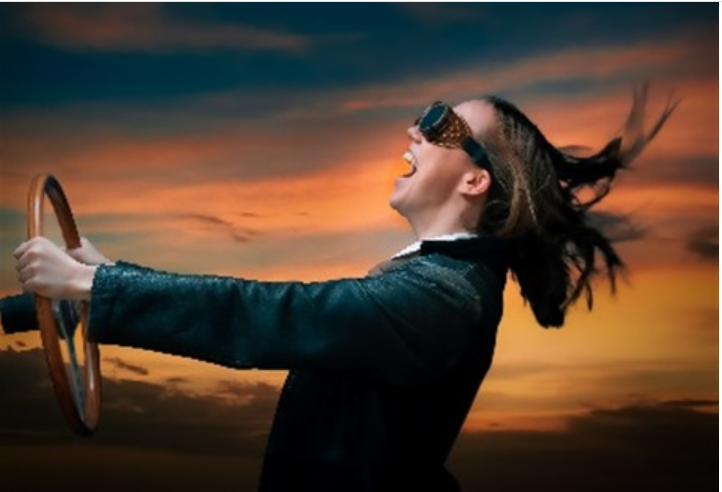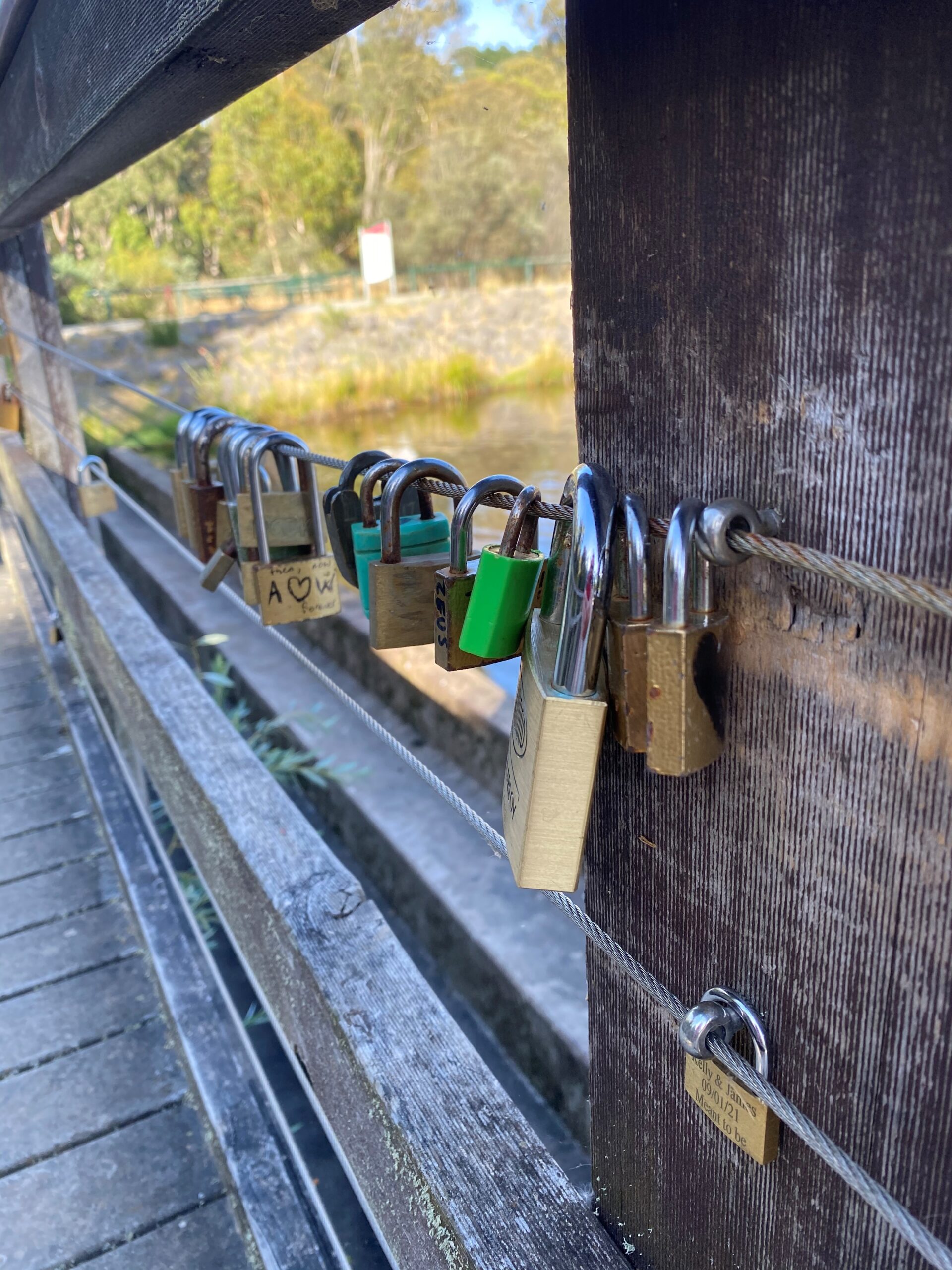March 31st, 2023The craft of photography in the 21st Century
PHOTOGRAPHY in the 21st Century is a remarkably easy medium to engage with. Every phone has a
camera and digital technology, including editing and digital filters which can generate results that satisfy most people.
With such conveniences available, it is easy to ignore the fact there is actually much, much
more than meets the eye if you truly want to understand the craft.
Margund Sallowsky is a master of the medium including the use of equipment and chemicals that defined the practice of photography before digital cameras took over around 25 years ago.
Her passion started when she took her first shots with her father’s Agfa camera at the age of 11. That was in her homeland of Germany and today, the long-time Hepburn resident continues to develop her knowledge.
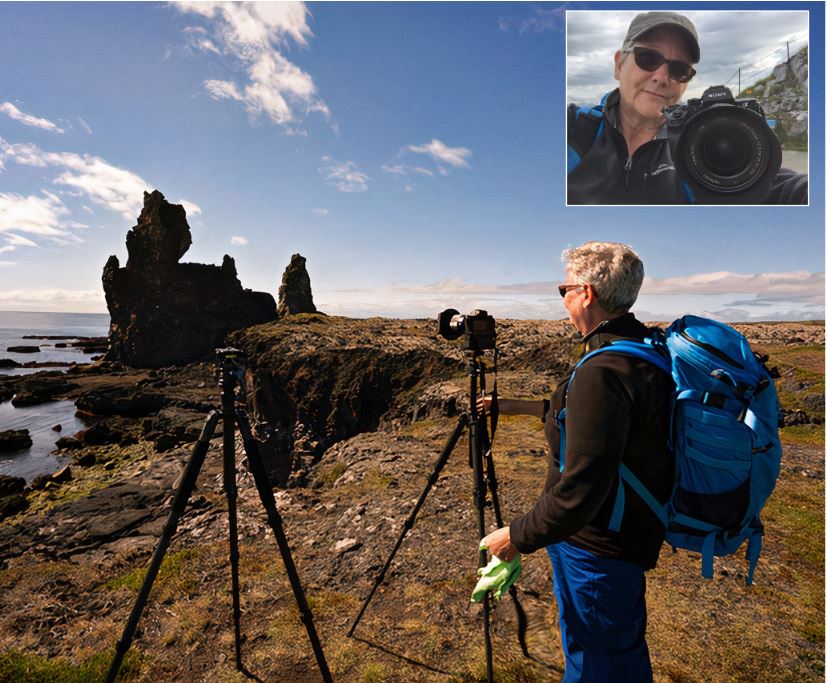
“I strive to take my skills to the next level,” she says: A level of photographic acuity far beyond that of your
average camera phone user for sure.
“My professional development as a photographer commenced as an apprentice,” she says.
“After receiving my trade degrees, I enrolled in a diploma in visual communication course at
the University of Applied Science in Dortmund.
“Later I moved to Australia in the early 80s and purchased a small cottage in Hepburn in 1989. Meanwhile I worked as a photographer at Phillip Institute of Technology (now RMIT University) and later enrolled there in a post-graduate diploma in fine art photography, graduating in 1992.”
Over a career spanning four decades Margund has worked with many different
subjects, but coming from one of the most industrialised areas of Germany she cultivated a particularly strong interest in industrial installations, architecture and worker photography, documenting the lives of labourers in the steel foundries and factories of the Ruhr valley.
Today she continues to work in a diverse range of photography fields, from virtual
reality technology that allows the creation of virtual tours of exhibition spaces, to
documenting landscape and weather. This includes not only numerous works of the
local region but further afield.
“I am very interested in photography of the natural environment and in 2017 I
went to Iceland. We did a flight by helicopter for three and a half hours over southern
Iceland and I took a whole lot of aerial shots.”
And after moving to Hepburn permanently in 2020, Margund was able to
put the time into producing a body of work from this journey – showing six works
and winning a prize for best commercial work at the 2020 Salon at the Centre for
Contemporary Photography Melbourne.
“It is quite time consuming but I want to continue working on further exhibitions for the Iceland images including showing them locally.”
Like with most subjects, sometimes the easiest part is taking the pictures. And for
an experienced photographer such as Margund, the technical considerations are an
integral part of the production process and almost second nature.
What is harder to attain and what takes considerably more thought and
experience is the ability to give images the means to transcend time and place. That is
to say, shifting an image from one of mere record or documentation into something that is art.
“The construction of the photo is the first thing, the feel you get when you see
a scene,” she says. “The other thing is then in post production. You want to express
some sort of emotion, it has to be strong, it has to show something to trigger a
response in the viewer and you want that to come out of the image.”
However, while Margund has an extensive knowledge of effects, filters and post
production colour enhancement so easy to attain with digital tools like Photoshop,
she is cautious not to overuse them.
“You want to say something with the image but I don’t want to lie. I don’t want
to say that was a sky that brought down 50 tonnes of rain, I want to keep it more
in natural light but in a way that still speaks to people. Some people are all obsessed
with really screaming colour which is fine, I’m not criticising that approach but it is
not my style of dealing with a scene.”
Today, after working full-time for RMIT and now as a casual contractor for the
National Gallery of Victoria and a freelance photographer for Scienceworks and
Government House among many others, Margund is content to spend most of her
time in Hepburn.
“The quiet of Hepburn is really important for me, I don’t want to completely
give up my professional life but I want to retain that time to create more of my own
work.”
Words: Tony Sawrey | Images: Contributed






